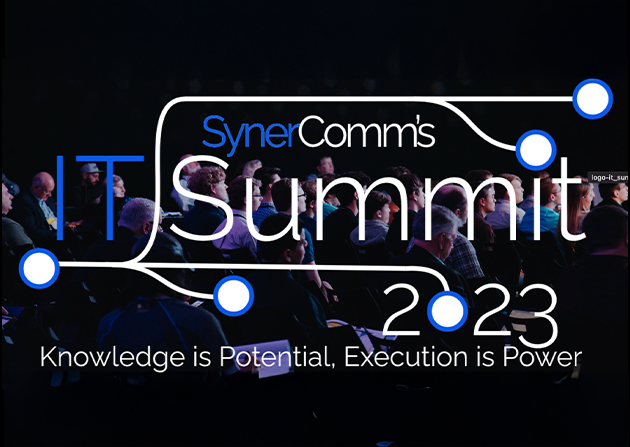The recent 20th Anniversary of IT Summit was an eye-opener for tech enthusiasts, security professionals, and business leaders alike. This annual two-day event brings together IT leaders from across...

Insights From Cybersecurity Experts

The recent 20th Anniversary of IT Summit was an eye-opener for tech enthusiasts, security professionals, and business leaders alike. This annual two-day event brings together IT leaders from across...

In today's increasingly digital world, the aviation industry is more reliant on technology than ever before. As aviation systems become more connected and dependent on the internet, the risk of...

Having sold and performed assessments and pentests for nearly 20 years, I’ve had plenty of opportunities to hone my strategy and messaging. One common challenge I hear is, “our Board of Directors...

In today’s business world, most companies are fully reliant on technology to maintain their daily operations. Data has become valuable currency and as much as technology creates convenience and...

Are you concerned about keeping your online account, personal information, and business accounts secure? Check out this infographic on password security. Our team of experts has shared a visual...

There are few things more frustrating in business than systems that don’t work as efficiently as they should. With the complexity of modern IT infrastructure, which includes a hybrid workplace,...

Many companies host their systems and services in the cloud believing it’s more efficient to build and operate at scale. And while this may be true, the primary concern of security teams is whether...

The most recent quarterly threat report issued by Expel at the end of 2022, revealed some interesting trends in cyberattacks. It highlights how attack methodologies are constantly changing and is a...

Active Directory Certificate Services (AD CS) are a key element of encryption services on Windows domains. They enable file, email and network traffic encryption capabilities and provide...

It’s estimated that in 2022 there are more than 23 billion connected devices around the world. In the next two years this number is likely to reach 50 billion, which is cause for concern. With so...